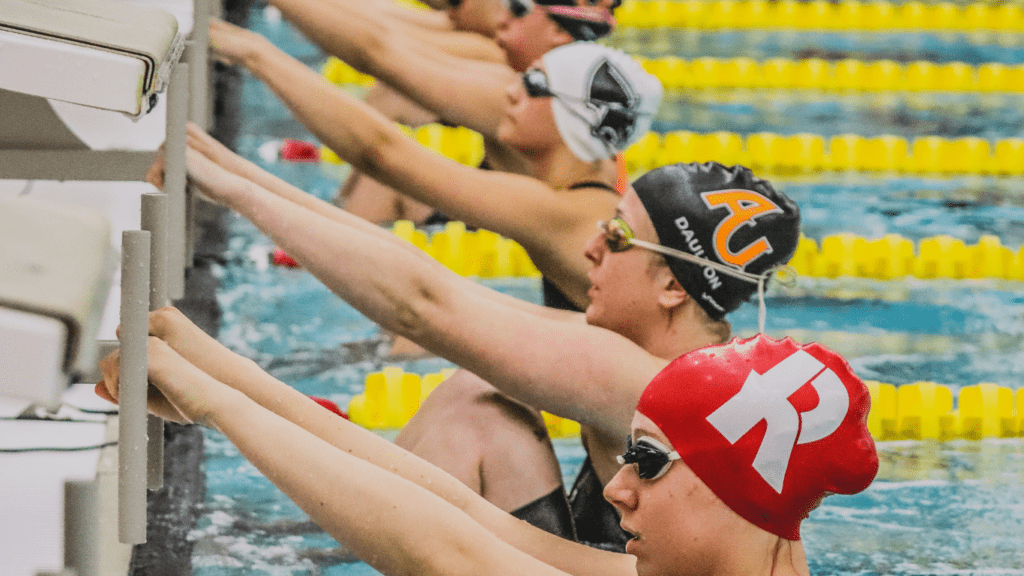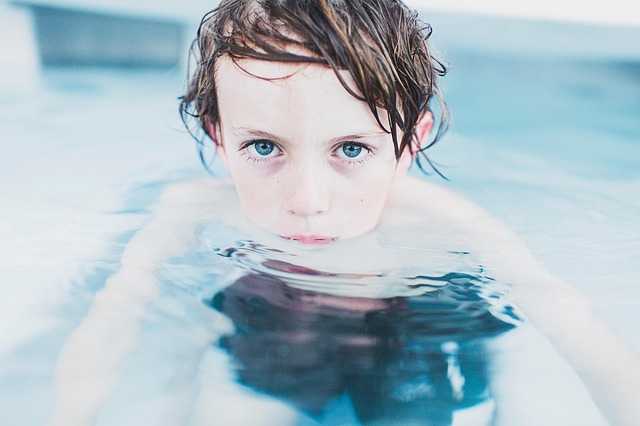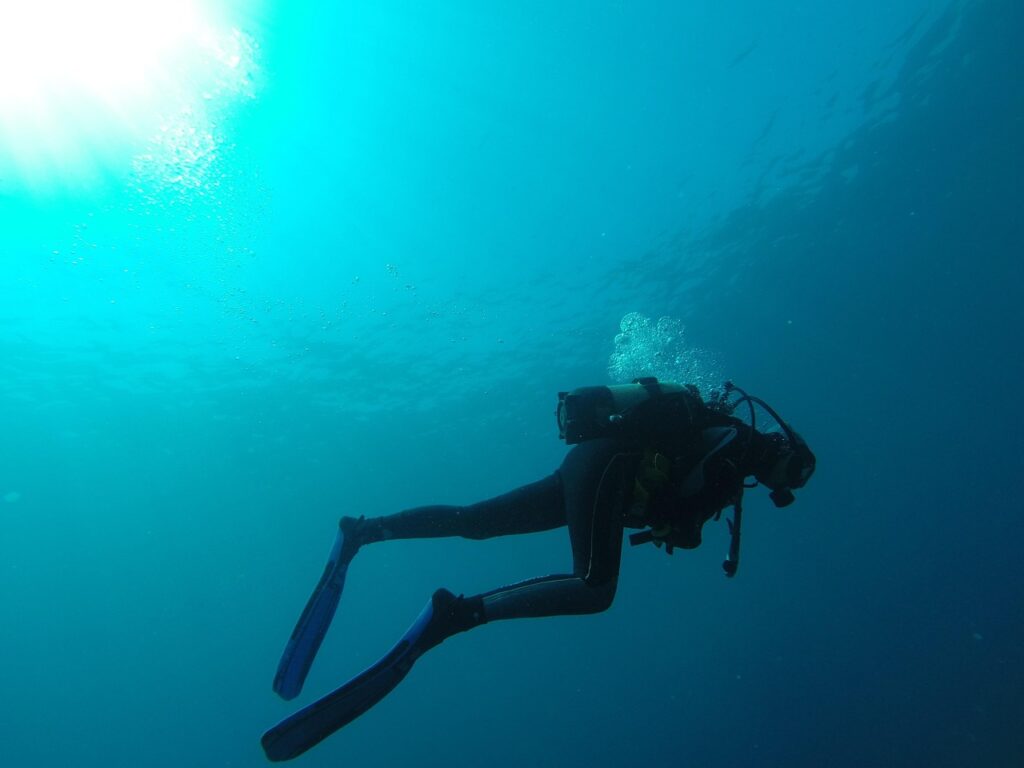Exciting updates have recently shaken up the world of swimming with major changes in rules and regulations. As a seasoned swimmer and enthusiast, I’ve witnessed firsthand how these new guidelines are revolutionizing the sport. From adjustments in stroke techniques to modifications in competition protocols, the landscape of swimming is evolving rapidly.
In this article, I’ll delve into the key revisions that are making waves in the swimming community. As we navigate through these transformative updates, it’s crucial for swimmers, coaches, and fans alike to stay informed and adapt to these changes. Stay tuned to explore how these modifications are reshaping the way we approach swimming competitions and training sessions.
Overview of Recent Changes in Swimming Rules
As a seasoned swimmer and enthusiast, I delve into the recent updates shaping the swimming landscape, focusing on crucial alterations in rules and regulations that are transforming the sport. Let’s explore the evolving guidelines on swimwear and the modifications influencing stroke regulations in swimming competitions and training sessions.
Updated Guidelines on Swimwear
I’ll outline the updated guidelines governing swimwear, which play a pivotal role in enhancing performance and fairness in swimming competitions. The changes in swimwear regulations aim to balance innovation with maintaining the essence of the sport. Swimmers are required to adhere to specific criteria regarding fabric, design, and fit to ensure a level playing field and uphold the integrity of the sport.
Modifications in Stroke Regulations
Exploring the modifications in stroke regulations offers insights into the evolving standards governing the technical aspects of swimming strokes. These changes impact the execution and assessment of different swim strokes, emphasizing precision, efficiency, and adherence to prescribed techniques. Swimmers must adapt to these revised regulations to excel in competitive swimming and align with the updated criteria set forth to elevate the sport to new heights.
Impact of New Regulations on Competitive Swimming
Swimming’s latest rule adjustments have a profound impact on competitive swimmers and their performance. Let’s explore how these changes influence athletes and their training techniques.
- Effects on Athletes’ Performance
The revised regulations have a direct impact on how athletes perform in the pool. With stricter criteria for swimwear regarding fabric, design, and fit, swimmers must carefully choose their gear to comply with the new rules. These changes can affect swimmers’ comfort, flexibility, and hydrodynamics in the water, ultimately influencing their speed and efficiency during races. - Changes in Training Techniques
The modifications in stroke regulations necessitate adjustments in training techniques for competitive swimmers. Athletes now focus more on refining their strokes to meet the precise guidelines set forth in the new regulations. Training sessions emphasize the importance of technique, efficiency, and adherence to prescribed movements to ensure that swimmers are well-prepared to compete at the highest level.
Technological Advances in Swimming Competitions

In swimming competitions, technological advancements play a pivotal role in enhancing the overall experience for athletes and spectators alike. Let’s delve into two key areas where technology is making a significant impact: new timing systems and advances in underwater camera usage.
New Timing Systems
Modern swimming competitions rely heavily on cutting-edge timing systems that provide precise measurements of swimmers’ performance. These systems use state-of-the-art sensors and software to record swimmers’ times with exceptional accuracy, often down to the millisecond. By ensuring reliable and accurate timing, these systems not only enhance the fairness of competitions but also allow swimmers to track their progress and analyze their performance in detail.
Advances in Underwater Camera Usage
The use of underwater cameras in swimming competitions has revolutionized the way coaches and swimmers analyze technique and performance. These advanced cameras capture high-resolution footage of swimmers underwater, providing valuable insights into stroke mechanics, body positioning, and kick efficiency. By reviewing this footage, coaches can offer personalized feedback to swimmers, helping them refine their techniques and improve their overall performance in the pool. The detailed visual feedback obtained from underwater cameras has become an invaluable tool in the training and development of competitive swimmers.
Global Variation in Swimming Rules
In the world of swimming, there are notable differences in how rules and regulations are interpreted and applied across different regions. These variations can impact swimmers, coaches, and officials, leading to unique challenges and opportunities in competitive swimming.
Differences in Regional Compliance
I’ve observed that each region often has its own set of rules and guidelines when it comes to swimming competitions. For instance, specific stroke techniques may be emphasized more in certain areas, influencing the style and performance of swimmers from those regions. These differences in compliance can sometimes result in disparities in competition outcomes and training methodologies.
Harmonization Efforts
Efforts to harmonize swimming rules globally have been ongoing to ensure consistency and fairness in competitions. International governing bodies work towards aligning regulations to create a level playing field for swimmers worldwide. By standardizing rules across regions, the aim is to promote equality, improve competition quality, and enhance the overall experience for athletes, coaches, and spectators alike.


 is a seasoned fitness expert with a special focus on swimming and holistic health strategies. With years of experience as a competitive swimmer and fitness coach, Patricia offers readers a wealth of knowledge on optimizing performance and maintaining a balanced lifestyle. Her writing on Swim Fast Stay Fit reflects her commitment to empowering others with practical advice and motivational insights. Patricia’s approach integrates advanced training techniques with accessible wellness tips, aiming to help individuals achieve their personal fitness goals and enhance their overall quality of life. Through her engaging articles, Patricia inspires readers to embrace a comprehensive approach to health, combining effective exercise routines with mindful nutrition and self-care practices.
is a seasoned fitness expert with a special focus on swimming and holistic health strategies. With years of experience as a competitive swimmer and fitness coach, Patricia offers readers a wealth of knowledge on optimizing performance and maintaining a balanced lifestyle. Her writing on Swim Fast Stay Fit reflects her commitment to empowering others with practical advice and motivational insights. Patricia’s approach integrates advanced training techniques with accessible wellness tips, aiming to help individuals achieve their personal fitness goals and enhance their overall quality of life. Through her engaging articles, Patricia inspires readers to embrace a comprehensive approach to health, combining effective exercise routines with mindful nutrition and self-care practices.
